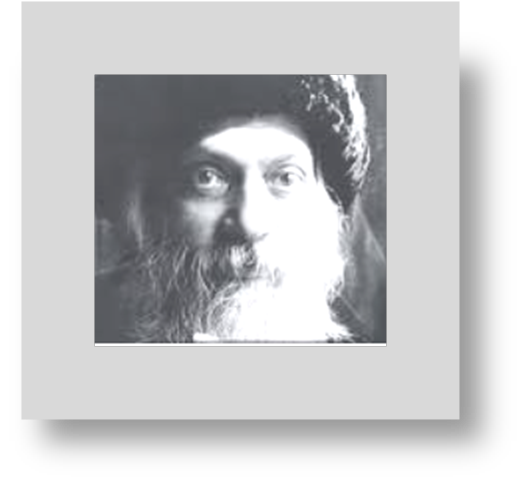Kishore’s work cited in a book on brain for innovation
- Lalit Kishore
- Apr 7, 2024
- 2 min read
Updated: Apr 8, 2024
The work of Jaipur based eductor-researcher was cited in the book “A Brain for Innovation: The Neuroscience of Imagination and Abstract Thinking” authored by Min W, Jung in 2024 and published by the Columbia University Press. The book ‘offers a new understanding of the neural basis of innovation in terms of humans’ exceptional capacity for imagination and high-level abstraction’ on the basis of ‘recent advances in neuroscience that have shed light on the neural underpinnings of these profoundly important abilities.’
The researches in neuroscience suggest that innovation and creativity are the whole brain activity that activate its ecosystem work in tandem and leads to intuitive consciousness as a spring-board of creative ideas as serendipity potential. “A Koan is a short and succinct paradoxical parable, statement or question used as a meditation discipline for novices for induction into Zen Buddhism.Looking for solution of Kaon can exhaust the acquired analytical intellect and the egoistic will shaped through conditioning and belief thinking reinforced during upbring and conventional schooling. Dwelling on a Kaon prepares the mind to respond at the intuitive level to get a feel for Zen experience,” wrote Kishore holding that an intuitive mind is both fast evaluative and doing / creative mind that is deep trained to make brain hard-wired for innovation and imagination.
The book ‘offers a new understanding of the neural basis of innovation in terms of humans’ exceptional capacity for imagination and high-level abstraction’ by examining ‘key discoveries concerning the hippocampus and neural circuits that have demystified the processes underlying imagination and abstract thinking,’ Jung suggests that it is possible to develop a mind and brain for innovation with a ‘unified perspective on the mechanisms of imagination, abstract thought, and creativity.’
Earlier, Kishore had used Indian parables for value-orientation of teachers and educators, development of reflective thinking and raising mind to higher levels of consciousness under the auspices of Lok Jumbish Project in the 1990s






Comments